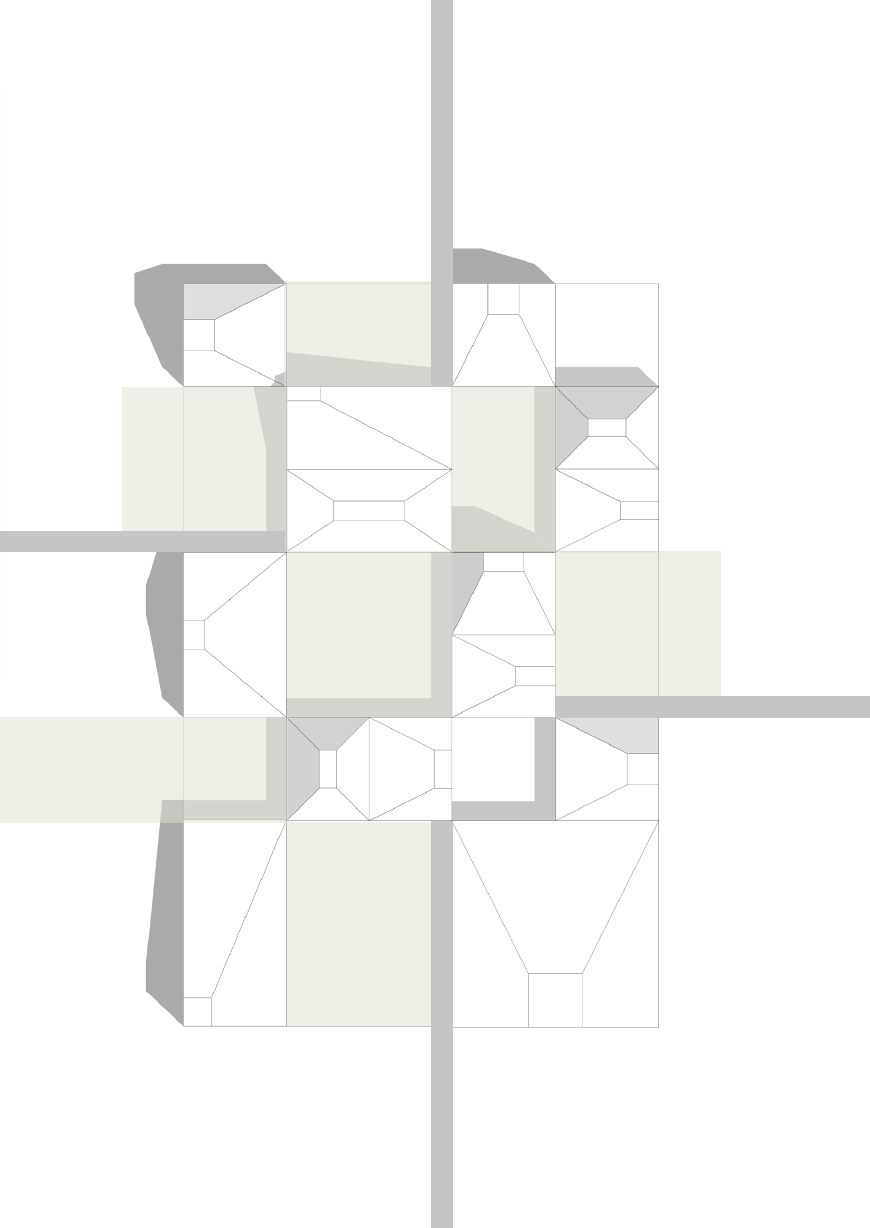Research and Competitions
New Construction
In Progress
Revitalization
- Outdoor thermal pools for year-round use
- Thermae and baths, spa complex
- Saipboarding
- Fishing
- Rafting
- Mineral and table waters
- Water activities
- Beach
- Outdoor pool aqua zone with bar
- Children's pool area with slides

Water

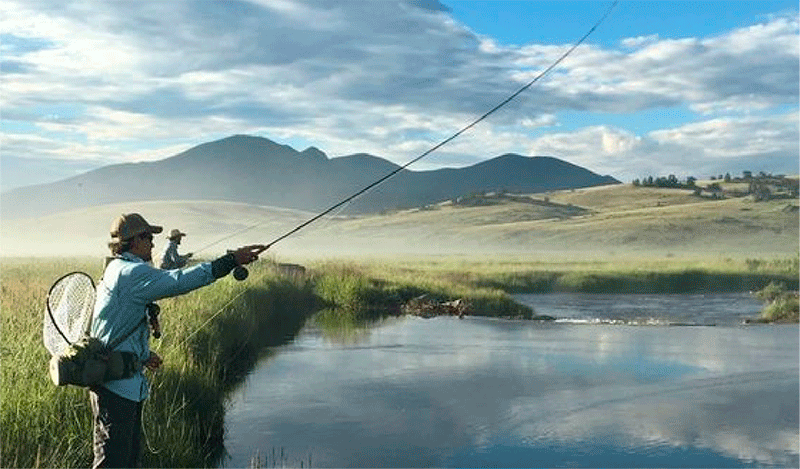


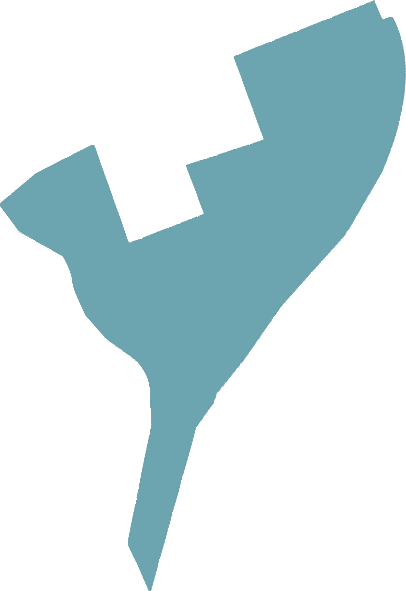
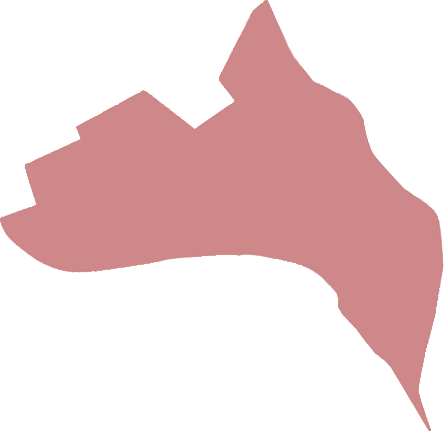
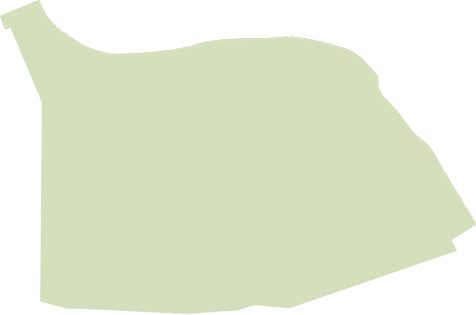
Altai Republic.
Analysis of traditional dwelling
Concept of creating a resort ethno-complex
2019. Russia, Altai Republic




Clean mountain air and natural products are the trademark of the region.
The traces of ancient human settlements have been discovered here, local writing, crafts and architectural traditions have formed the basis of the culture of modern peoples inhabiting Siberia. Special attention in the culture of Altai peoples is paid to nature and animals since ancient times they have been animated and endowed with sacral meanings. The blossoming of maralnik and swan wintering on local ice-free lakes have become the basis of national holidays that attract tourists from all over the country.
Altai is a unique historical and landscape reserve, which has no analogues. About a quarter of its territory has the status of specially protected.
Situation Plan. Analysis of the hotel sector

Concept for the development of the area. Proposal





Site location

Values of the peoples of Altai. Analysis
Situation Plan. Analysis of natural landmarks
Situation Plan. Analysis of surrounding attractors
Situation Plan. Transportation scheme
Wood
Values of the Altai peoples. Materiality. Analysis


Wild natural stone


The traditional dwellings of the Altai people - Chaadyr, Kajan-ail - were covered with straightened larch bark or birch bark for protection from winds, precipitation and as insulation.
In Altai culture, the tree is not only a symbol of prosperity and a vertical road to other worlds, the tree is a symbol of eternal renewal of life. Like the mountain, the tree acts as the center of the world and the vertical line that connects the earth with the sky.
White color
Dyalama, Kyira - white ritual sacred ribbons in the Altai Mountains, used as offerings to the spirits of the dwelling, ancestral spirits, spirits of mountains, rivers, springs, passes.
In Altai, white color is deified and possesses miraculous powers as a sign of holiness and miracles. An animal or bird of white color, according to the hunting folklore of the Altai people, is considered sacred. The hunters see the master of the area, mountain, taiga in a snow-white appearance.
Tagyl is an altar, an artifact built of flat stones by the indigenous population of the Altai Mountains during calendar rites, folk festivals, in special significant sacred places.
In Altai, the cult of mountains has survived to our time. In Altai folklore the mountain spirits, “masters of mountains”, or the mountains themselves, which are alive in the Northern Altai people's perception, occupy a great place.
The Tarhatinsky megalithic complex is an ancient observatory, with the help of which people kept the calendar and determined the time of day. The complex dates back to the Bronze Age.
The Chuisky deer stone is part of the Altai sanctuary Adyr-Kan. The stone depicts a warrior. Dated to the Late Bronze Age and the beginning of the Iron Age.
Air

- Ballooning
- Balloon rides
- Fitness, yoga and meditation
- Detox programs
- Massage therapies
- Preventive medicine
- Mountain herbal medicine
- Jeeping
- Skiing, tubing, skating
- Riding on huskies, horses, reindeer
- Field trips
- Active sports
- Walking routes
- Maral farm
- Folk arts and crafts
- Folk dancing show
- Ethno-park

Ground
A typology of functions. Concept

Fire
- Traditional Cuisine
- Outdoor Chef's Barbecue
- Pop-up Restaurants
- Barbecue Areas
- Seasonal Holidays
- Traditional Dwellings
Concept for the development of the area. Proposal

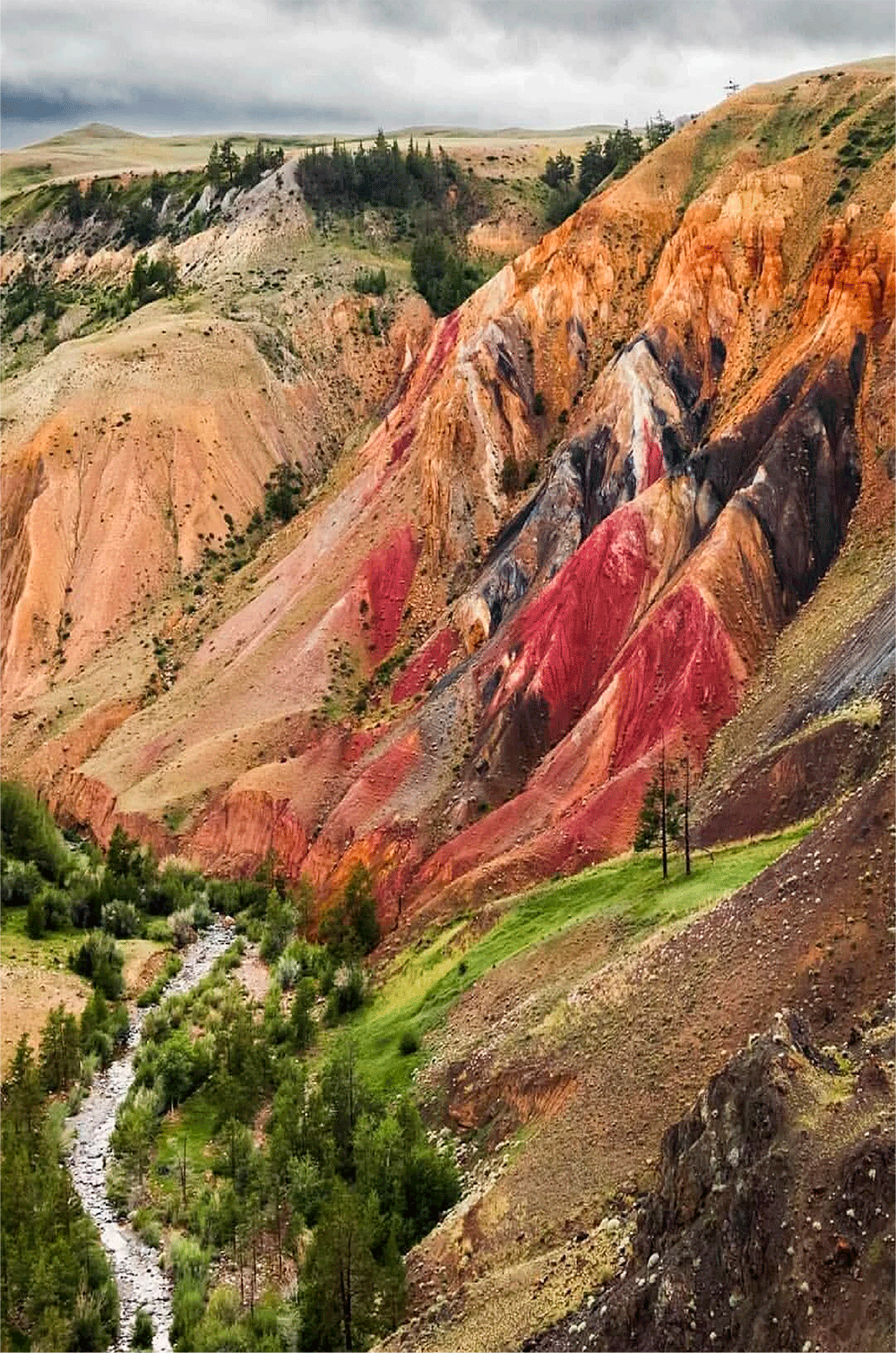


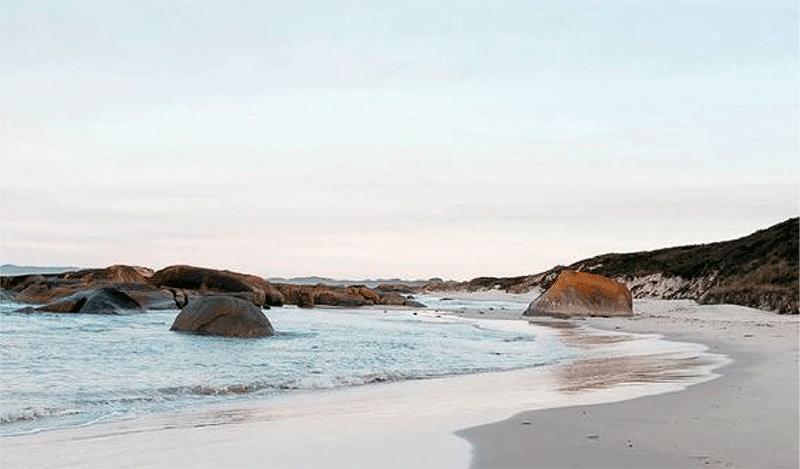
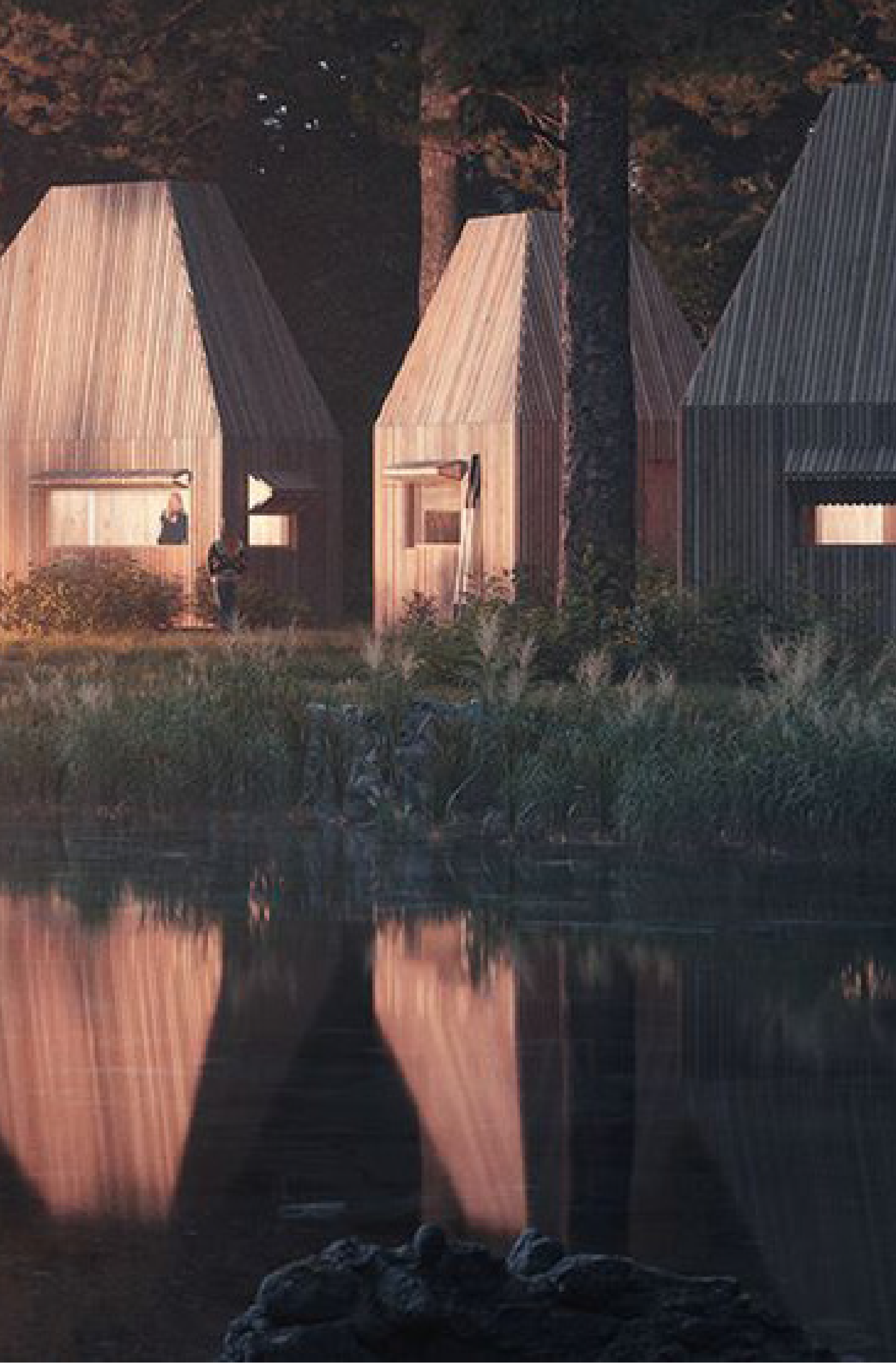
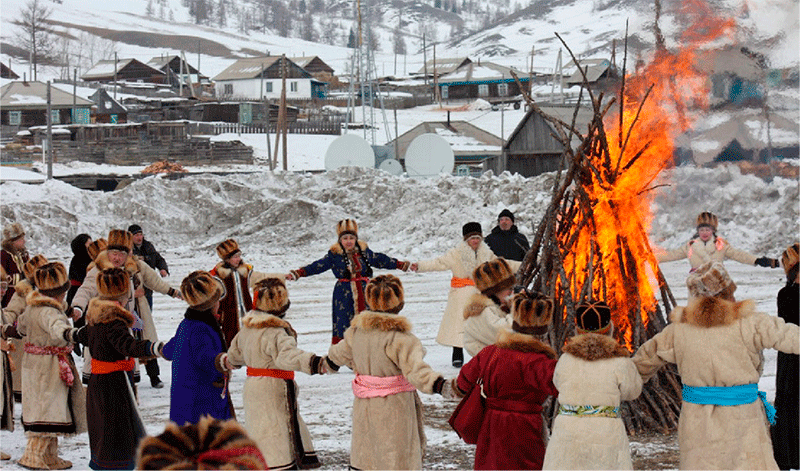
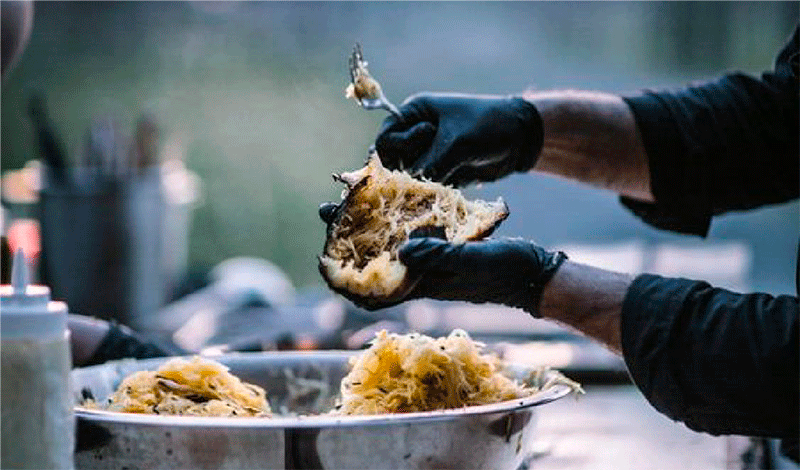

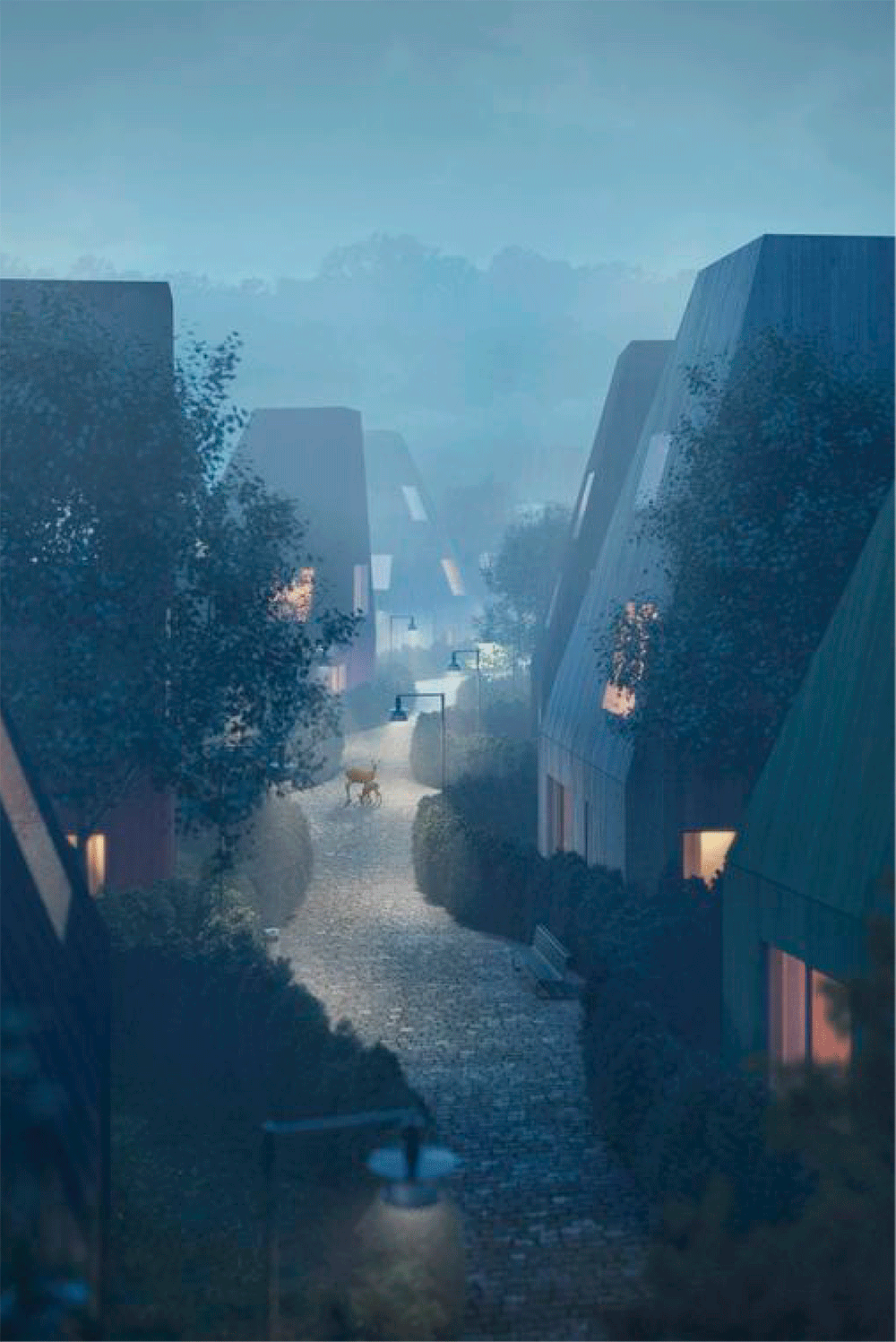

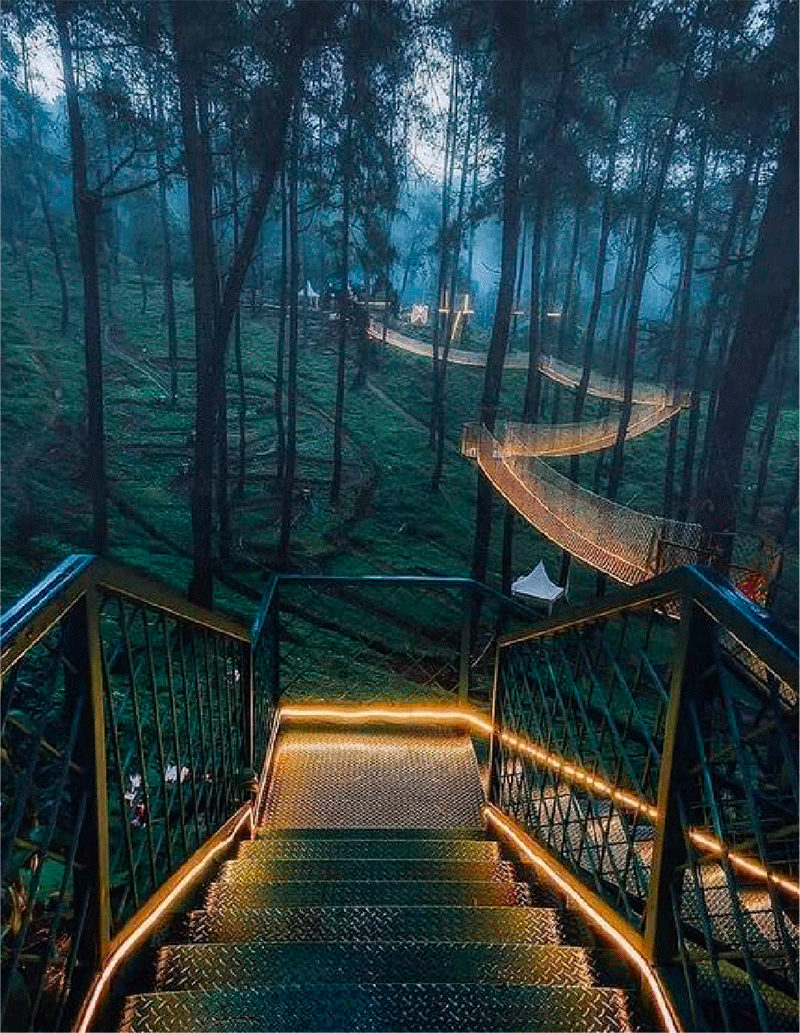
Typology of traditional dwelling of Altai peoples. Analysis

Cylindrical yurt. Kiyis Ayil
Polygonal log cabin. Kazhan-Ail
A conical yurt. Chaadyr
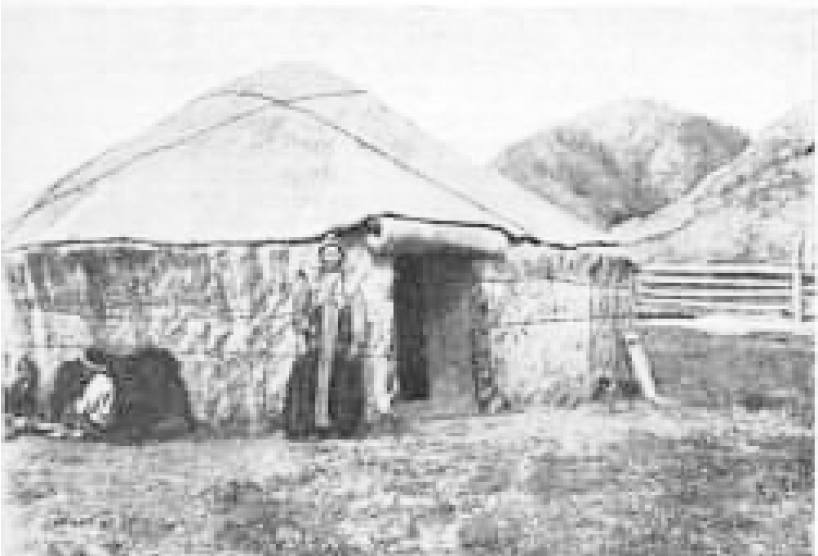
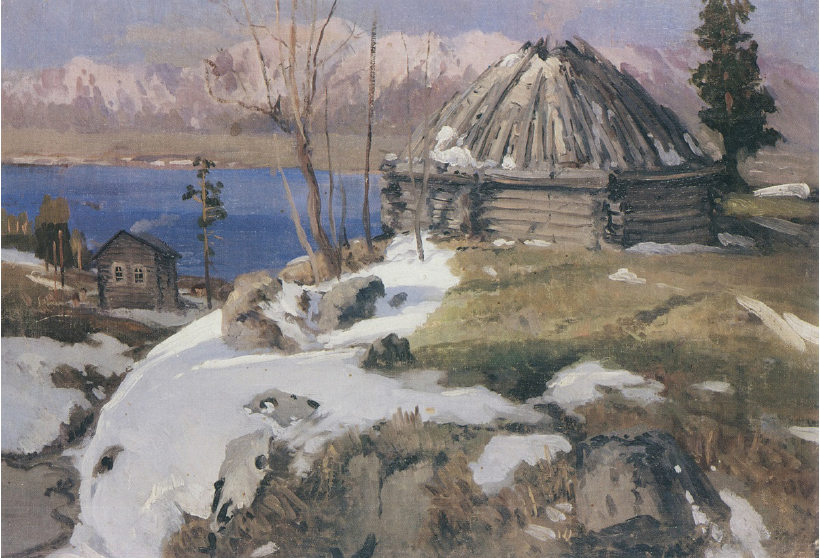

Time travel

Fragment of the hotel complex layout

Hotel complex concept




